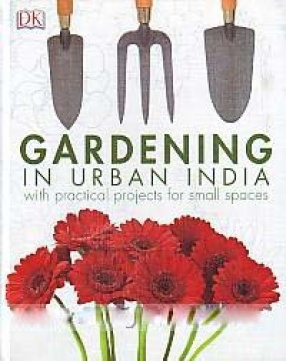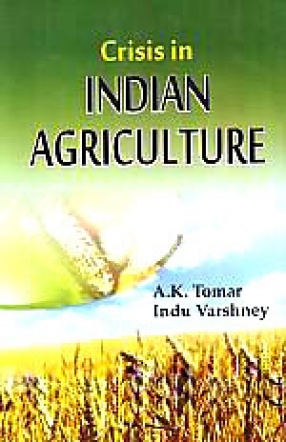This field guide and Natural History Handbook originated as a staff-training manual for the Makalu-Barun conservation project that was implemented from 1991-1998. The project area around Mount Makalu and the Barun river valley of north-eastern Nepal represents an intact, but threatened, ecosystem in an area of globally significant biodiversity, the Eastern Himalaya. From tropical forests along the Arun river to the icy summits, the Makalu – Barun National Park and Buffer Zone is the only protected area on earth with an elevation gain of 8,000 m from 400-8,800 m asl within 30 kilometers. As a result of this steep terrain, the Makalu – Barun area has 27 distinct forest types from almost every bio-climatic zone of the Eastern Himalaya. The initial idea for the project evolved out of a quest for the yeti in the remote Barun valley in 1983. If there is anywhere in the world where a creature like the yeti may exist, it is in the remote river valleys that drop from the mountains surrounding Makalu to the Arun river. Such a creature exists in the minds of all mountain people, in all mountain cultures. With wild places that might harbour the yeti being threatened in mountains everywhere, the world is richer if the possibility of the yeti still exists. The original objective of this handbook was to help staff, visitors and local people to understand the environment and species, to make more and better observations of wildlife, vegetation, ecosystems, and to help monitor and preserve the ecosystems of the Makalu-Barun area. A sample of the great variety of plants and animals living in this spectacular region are presented in this field guide. The factors that create the range of conditions allowing such diversity are explained in the first two sections. Though the handbook was prepared for the Makalu Barun area, it is applicable to all of the Eastern Himalaya.
Gardening in Urban India
$65.70
$73.00




There are no reviews yet.